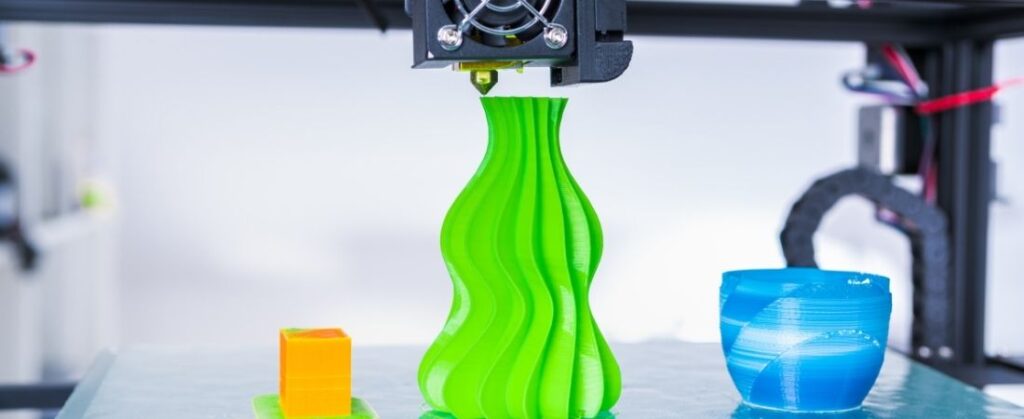
Manufacturers across industries are experimenting with CNC vs. 3D printing and finding ways to 3D print functioning parts that were previously CNC machined, due to the emergence of stronger 3D printing materials. Manufacturers may save time and money by using 3D printing, while still achieving the high quality required for industrial production. Manufacturers who transition to 3D printing software can prototype and manufacture items in a single day for a fraction of the cost of traditional CNC machining. However, there are still a few crucial instances where CNC may be the best option. To discern which situations are appropriate, read further on, as we have given some considerations as to when to choose 3D printing vs. CNC machining.
What Size Should the Part Be?
Tool size limits both CNC and 3D printing processes; in the case of CNC, the tool diameter determines the smallest negative feature that may be generated. The nozzle diameter, on the other hand, determines the smallest positive feature that may be printed in 3D printing. The FDM 3D printing process typically uses nozzle diameters are typically between 0.25mm and 0.8mm, with a minimum feature size of 4 times that, resulting in a minimum feature size of 1.0mm to 3.2mm.
What Kind of Tolerances Are You Looking for in the Part?
Some of the top composite 3D printers offer dimensional tolerances of less than 0.005″ and a compliant surface for press fitting. Post-machining of tight tolerance features on 3D printed objects is possible. However, depending on the other qualities of the part, machining the entire thing may be easier. Your results may vary depending on the machine, material, and shape of the item.
Is It Compatible With Chemicals It May Come In Contact With?
Check the chemical compatibility of your material with the chemical if your part will be exposed to it. While many metals are compatible with a wide range of chemicals, it’s always a good idea to double-check compatibility before introducing a new substance or environment. As they are chemically resistant, most nylon-based materials are unaffected by most petrochemicals. They shouldn’t be used in situations with a lot of acid or basic.
Will the Part Be Subjected to Moisture?
After prolonged exposure or submersion, some polymer filaments absorb moisture and lose strength. It’s possible that a covering like Liquitex is necessary. Aluminum is usually unaffected by moisture, but steel can develop rust.
We hope our article has helped you understand when to choose 3d printing vs. CNC machining! When in doubt, why not try both? Doing so may yield some surprising and useful results—not to mention teach you something new along the way!
